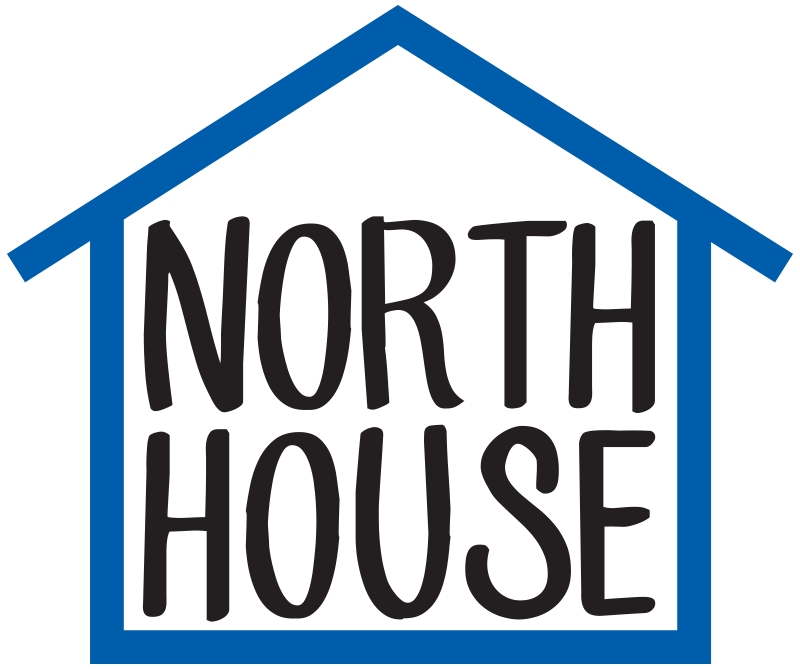Housing First

Housing First is a recovery-oriented approach to ending homelessness that centers on quickly moving people experiencing homelessness into independent and permanent housing and then providing additional supports and services as needed. The North House program supports both individuals over the age of 18, and families experiencing homelessness in the north Durham community.
Access to the Housing First program is triaged through the Durham Region Coordinated Access System and the By-Name List (BNL). The By-Name List is a real-time, up to date list of people known to be experiencing homelessness. It allows communities to understand people’s unique needs in order to match them to appropriate housing resources. Please note that program spaces are very limited.
In order to be added to the By-Name List, you must meet the following criteria:
Live in north Durham currently or accessing emergency shelter in south Durham but would like to return to north Durham
Note: Clients who reside in the south and wish to relocate to the north must be supported by a south Durham housing agency.
Client has consented to a By-Name List referral
Clients must also have one of the following housing types and do not have a primary residence of their own:
- Makeshift/Street
- Vehicle
- Abandoned Building
- Encampment/Campsite
- Emergency Shelter
- YMCA/YWCA
- Hostel
- Hotel/Motel
- Couch Surfing – Staying with Friends/Family/Acquaintances
- Violence Against Women – Emergency Shelter
- Transient
- Detoxification or Rehabilitation Facility
- Correctional Facility
- Hospital
There are five core principles of Housing First:
1. Immediate access to permanent housing with no housing readiness requirements.
Housing First involves providing clients with assistance in finding and obtaining safe, secure and permanent housing as quickly as possible. Key to the Housing First philosophy is that individuals and families are not required to first demonstrate that they are ‘ready’ for housing. Housing is not conditional on sobriety or abstinence. Program participation is also voluntary. This approach runs in contrast to what has been the orthodoxy of ‘treatment first’ approaches whereby people experiencing homeless are placed in emergency services and must address certain personal issues (addictions, mental health) prior to being deemed ‘ready’ for housing (having received access to health care or treatment).
2. Consumer choice and self-determination.
Housing First is a rights-based, client-centred approach that emphasizes client choice in terms of housing and supports.
- Housing – Clients are able to exercise some choice regarding the location and type of housing they receive (e.g. neighbourhood, congregate setting, scattered site, etc.). Choice may be constrained by local availability and affordability.
- Supports – Clients have choices in terms of what services they receive, and when to start using services.
3. Recovery orientation.
Housing First practice is not simply focused on meeting basic client needs, but on supporting recovery. A recovery orientation focuses on individual well-being, and ensures that clients have access to a range of supports that enable them to nurture and maintain social, recreational, educational, occupational and vocational activities.
For those with addictions challenges, a recovery orientation also means access to a harm reduction environment. Harm reduction aims to reduce the risks and harmful effects associated with substance use and addictive behaviours for the individual, the community and society as a whole, without requiring abstinence. However, as part of the spectrum of choices that underlies both Housing First and harm reduction, people may desire and choose ‘abstinence only’ housing.
4. Individualized and client-driven supports.
A client-driven approach recognizes that individuals are unique, and so are their needs. Once housed, some people will need minimum supports while other people will need supports for the rest of their lives (this could range from case management to assertive community treatment). Individuals should be provided with “a range of treatment and support services that are voluntary, individualized, culturally-appropriate, and portable (e.g. in mental health, substance use, physical health, employment, education)” (Goering et al., 2012:12). Supports may address housing stability, health and mental health needs, and life skills.
Income supports and rent supplements are often an important part of providing client-driven supports. If clients do not have the necessary income to support their housing, their tenancy, health and well-being may be at risk. Rent supplements should ensure that individuals do not pay more than 30% of their income on rent.
It is important to remember that a central philosophy of Housing First is that people have access to the supports they need, if they choose. Access to housing is not conditional upon accepting a particular kind of service.
5. Social and community integration.
Part of the Housing First strategy is to help people integrate into their community and this requires socially supportive engagement and the opportunity to participate in meaningful activities. If people are housed and become or remain socially isolated, the stability of their housing may be compromised.
Key features of social and community integration include:
- Separation of housing and supports (except in the case of supportive housing)
- Housing models that do not stigmatize or isolate clients. This is one reason why scattered site approaches are preferred.
- Opportunities for social and cultural engagement are supported through employment, vocational and recreational activities.
